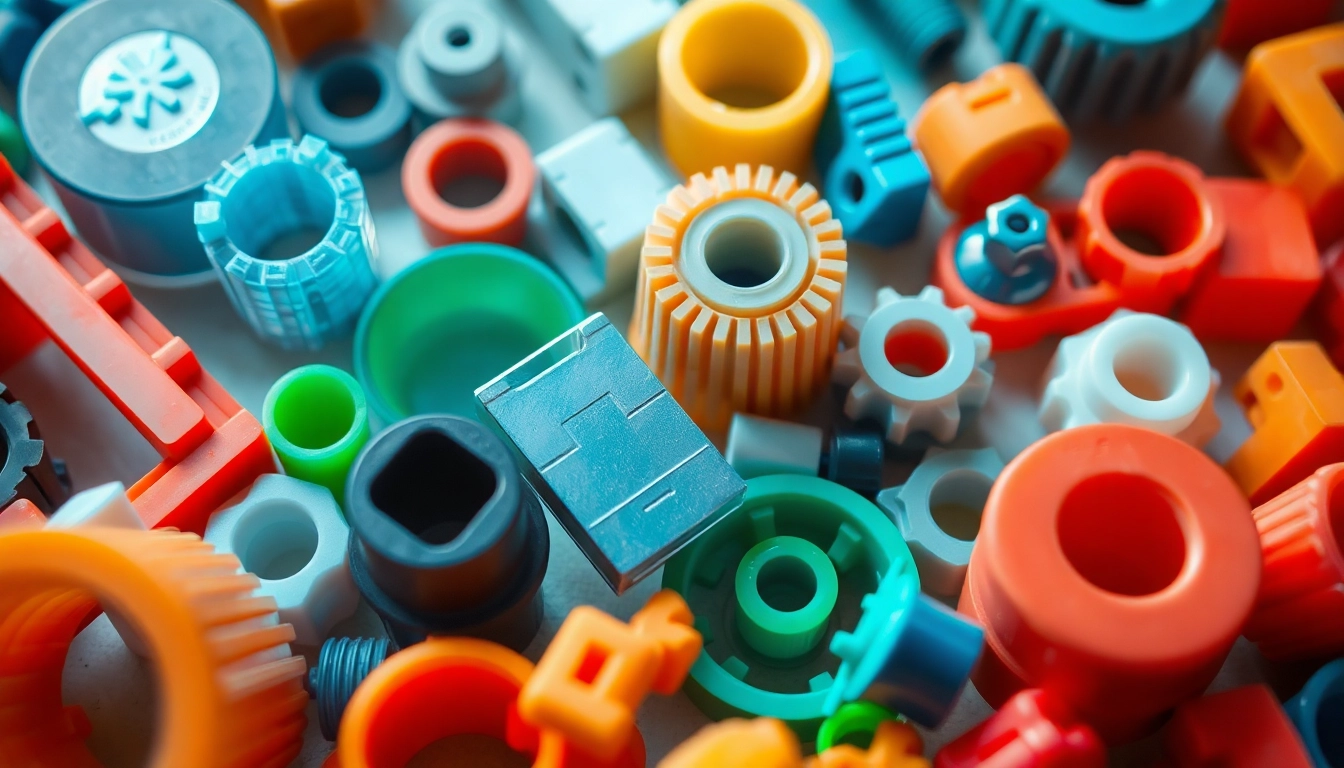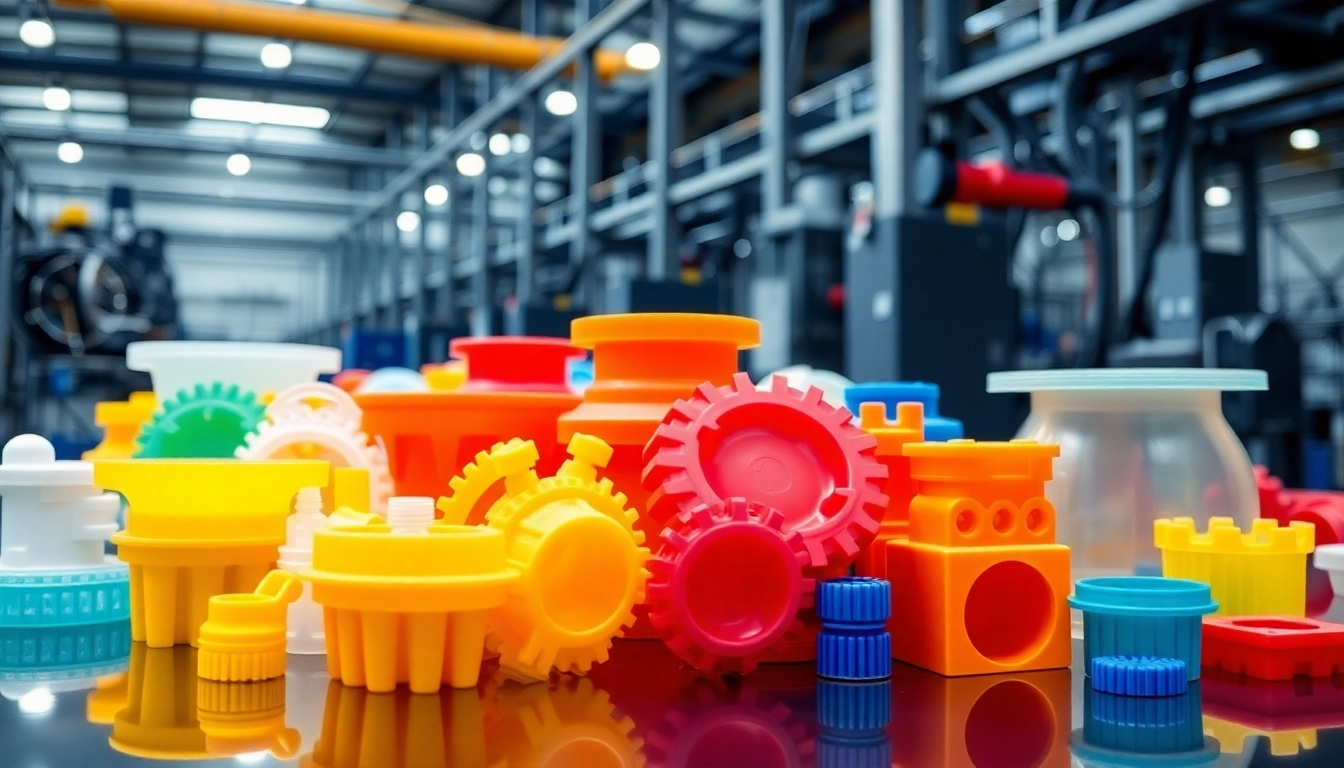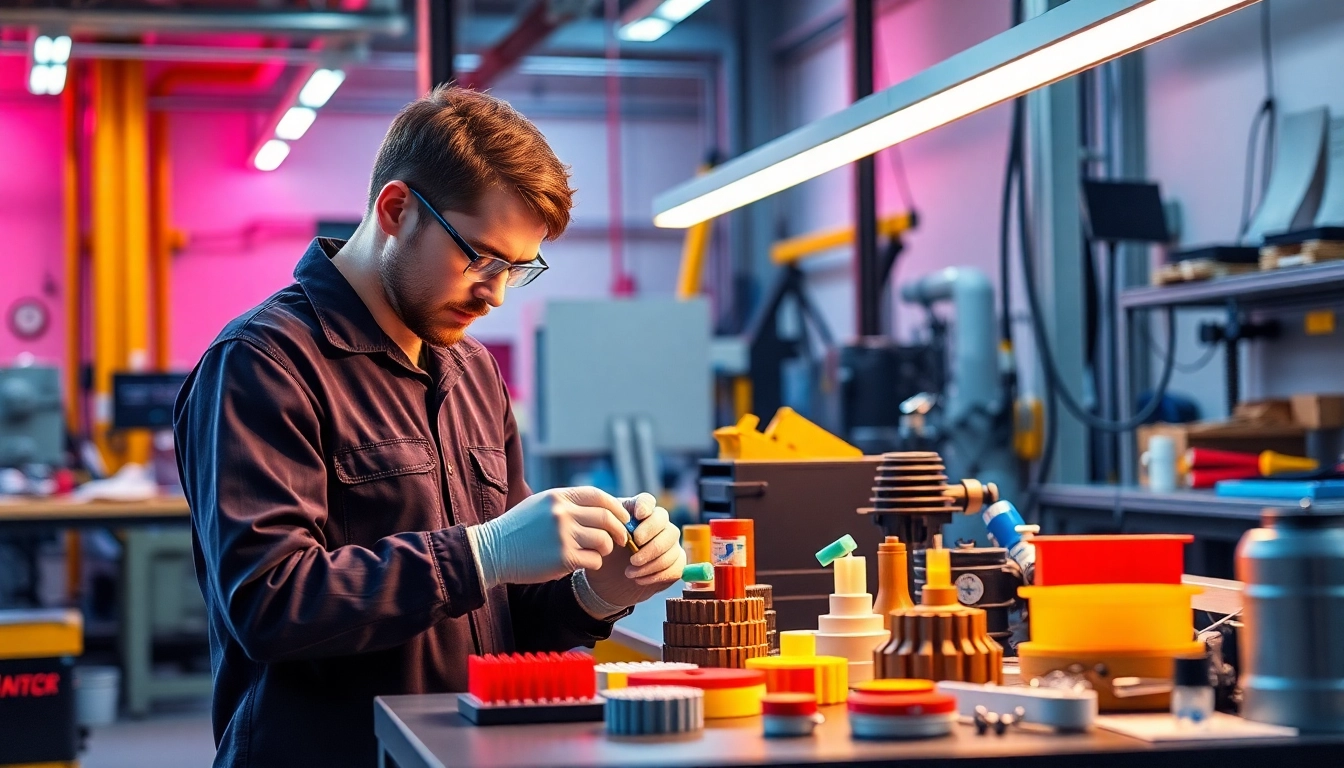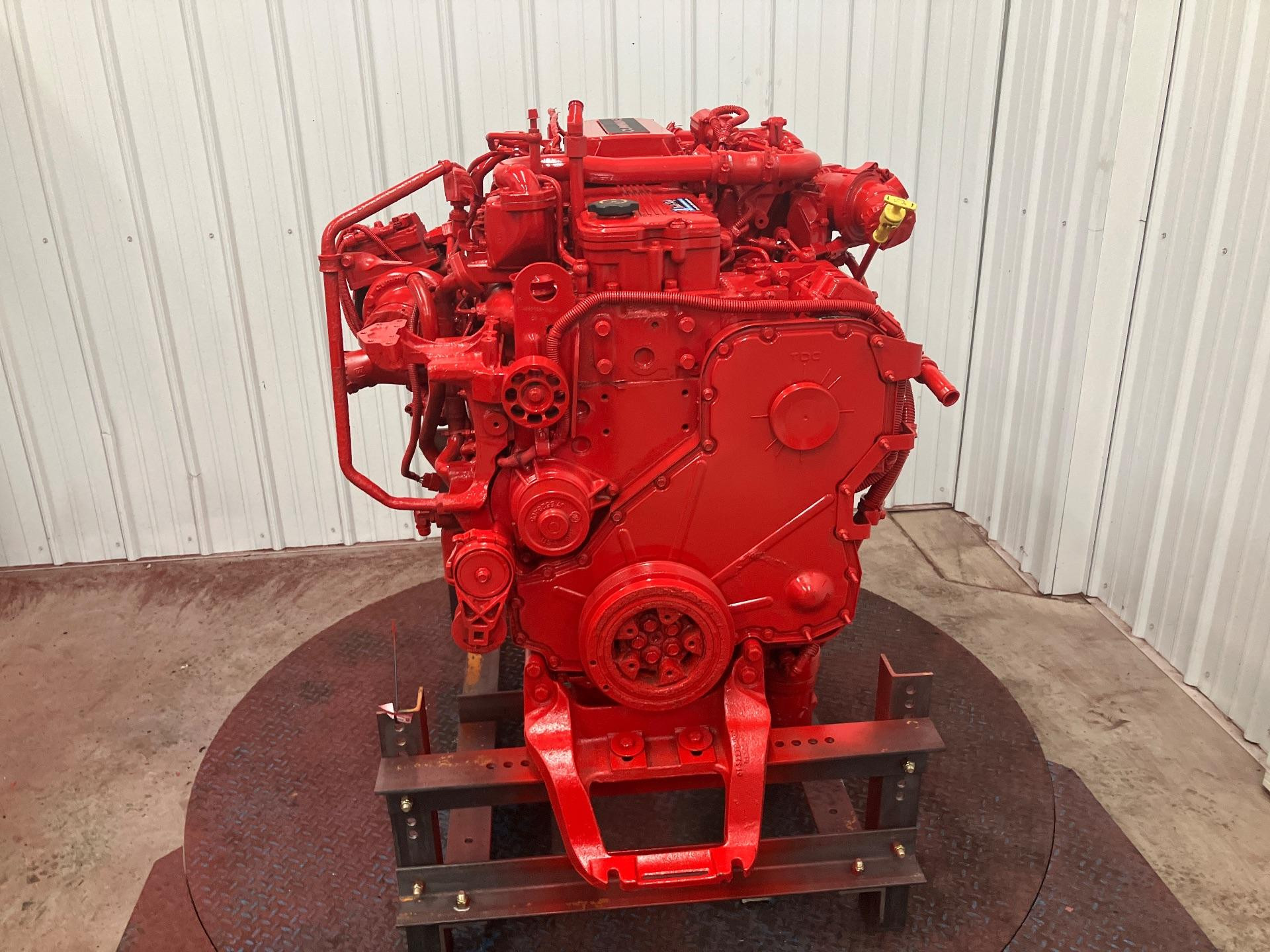Understanding Injection Molded Parts
What Are Injection Molded Parts?
Injection molded parts are components crafted using a manufacturing process that involves injecting molten material into a pre-designed mold. This technique is popular across various industries due to its efficiency and precision, producing parts that can range from simple to complex designs. The injection molded parts cater to diverse applications, offering durability, consistency, and versatility in material selection.
Common Materials Used in Injection Molding
A wide variety of materials can be used in the injection molding process. Here are some of the most common:
- Thermoplastics: These are the most widely used materials in injection molding, including Polypropylene (PP), Polystyrene (PS), and Acrylonitrile Butadiene Styrene (ABS). They can be melted and reshaped multiple times, making them ideal for various applications.
- Thermosetting Plastics: Unlike thermoplastics, thermosetting materials, such as epoxy and melamine, harden permanently after being shaped. They are known for their heat resistance and durability.
- Elastomers: Materials like rubber provide flexibility and stretchability, making them suitable for applications that require a degree of give.
- Biodegradable Plastics: Increasingly popular due to environmental concerns, these materials are made from renewable sources and break down more easily compared to traditional plastics.
Process Overview: From Design to Production
The injection molding process can be broken down into several key phases:
- Design: This initial phase involves creating a 3D model of the part using CAD software. Considerations include functionality, aesthetics, and manufacturability.
- Mold Creation: A mold is produced using high-precision machining methods, ensuring the cavity replicates the final part’s design accurately.
- Material Preparation: The selected material is heated until it reaches a molten state, ready for injection.
- Injection: The molten material is injected into the mold under controlled pressure, allowing it to fill the cavity completely.
- Cooling: After injection, the material is allowed to cool and solidify, forming the finished part.
- Ejection: Once the part is solid, the mold opens, and ejector pins remove the finished product.
- Trimming and Finishing: Finally, any excess material is trimmed away, and surface finishing can be applied if necessary.
Designing for Injection Molding
Key Design Principles for Molded Parts
Effective design for injection molding involves adhering to several principles to ensure the production of high-quality parts:
- Draft Angles: Incorporating draft angles (a taper on the vertical walls of the mold) makes it easier to eject parts from the mold without damaging them.
- Wall Thickness: Uniform wall thickness is crucial to prevent warping and ensure consistent cooling, which affects the part’s mechanical properties.
- Feature Design: Complex features like undercuts may complicate the molding process, potentially requiring more intricate mold designs and increased costs.
- Fillets and Radii: Adding fillets or radii to corners can enhance structural integrity and reduce stress concentrations.
Common Design Mistakes to Avoid
When designing for injection molding, certain pitfalls can lead to production issues:
- Neglecting draft angles can result in difficulty ejecting the part from the mold, leading to defects.
- Allowing for inconsistent wall thickness can lead to warping, sink marks, or even molding failures.
- Overlooking fit and tolerance requirements can lead to assembly problems or part functionality issues.
- Failing to anticipate shrinkage can result in parts being too tight or loose in their applications.
Tools and Software for Mold Design
Utilizing the right tools and software is crucial for successful mold design. Several software solutions assist designers in creating and simulating injection molded parts:
- AutoCAD: A versatile drafting tool widely used for creating detailed designs and plans.
- SolidWorks: Known for its 3D modeling capabilities, this software allows for advanced simulations and analysis of molded parts.
- Fusion 360: Combines CAD, CAM, and CAE in a single platform, facilitating user collaboration.
- Moldflow: A specialized tool for evaluating mold designs’ effectiveness and predicting potential issues in the molding process.
Production Techniques for Injection Molded Parts
Overview of Injection Molding Machines
Injection molding machines vary in size and configuration depending on the application. Key components include:
- Injection Unit: Responsible for melting and injecting the plastic into the mold.
- Clamping Unit: Holds the mold halves together under pressure during injection.
- Cooling System: Essential for controlling the temperature of the mold to ensure appropriate cooling rates and part quality.
- Control Systems: Manage the entire process, providing precise control over factors like temperature, injection speed, and pressure.
Quality Control in Production
Quality control is paramount in the production of injection molded parts. Strategies to ensure quality include:
- Statistical Process Control (SPC): Monitoring production data to identify and rectify deviations from quality standards.
- Visual Inspections: Regular checks of finished products for surface defects, dimensions, and overall appearance.
- Functional Testing: Evaluating parts under actual working conditions to verify performance.
- Material Testing: Assessing the properties of raw materials before production to ensure they meet specifications.
Innovations in Injection Molding Technology
The injection molding industry is continuously evolving, with several innovations enhancing efficiency and sustainability:
- 3D Printing: Increasingly being utilized for prototype development, allowing for rapid iterations and design modifications.
- Smart Machines: The integration of IoT (Internet of Things) for real-time monitoring and adjustments to enhance production efficiency.
- Recycled Materials: More manufacturers are adopting sustainable practices by utilizing reclaimed plastics to produce new components.
- Advancements in Materials: Development of new composite materials that provide superior strength, durability, or lighter weights.
Applications of Injection Molded Parts
Industries That Benefit from Injection Molded Parts
Injection molded parts are utilized across multiple industries, including:
- Automotive: Components such as dashboards, panels, and housings are commonly produced through injection molding.
- Consumer Products: Items like packaging, containers, and household goods leverage the efficiency of this process.
- Medical Devices: Critical elements like syringe bodies, IV components, and surgical instruments are often injection molded.
- Electronics: Cases and housings for various electronic devices including smartphones and laptops benefit from injection molding.
Case Studies of Successful Molded Parts
Several companies have utilized injection molding successfully to maximize efficiency and innovation. For example:
- Protolabs: Leveraged rapid injection molding to provide prototype parts within days, significantly minimizing lead times in product development.
- Hasbro: Uses injection molding to produce millions of toy parts, ensuring consistent quality while meeting high-volume demands for popular products like LEGO.
The Future of Injection Molded Products
The future of injection molding will likely see greater advancements in technology, especially around automation and sustainability. Expect:
- Increased use of AI for enhanced design and production processes.
- Further incorporation of sustainable materials that reduce environmental impact.
- Continued efficiency improvements, decreasing lead times and costs for manufacturers.
- Enhanced customization capabilities allowing for more tailored production runs.
Best Practices for Maintenance and Upkeep
Maintaining Molded Parts Quality
Ensuring the longevity and performance of injection molded parts involves adhering to specific best practices:
- Regular Inspections: Conduct frequent visual inspections to identify wear and potential issues early.
- Optimal Storage Conditions: Store parts in a controlled environment to prevent warping or degradation due to temperature and humidity.
- Cleaning Protocols: Maintain cleanliness to avoid contamination, especially in sensitive applications such as medical devices.
Storage Solutions for Injection Molded Parts
The right storage methods can safeguard the quality of injection molded parts:
- Climate Control: Keep storage areas temperature and humidity-controlled to prevent any physical changes in the molded parts.
- Use of Containers: Employ bins or containers made from non-reactive materials to protect parts from physical damage.
Common Issues and Troubleshooting
In the injection molding process, common issues may arise, including:
- Burn Marks: Often due to overheating or trapped air in the mold; solutions include adjusting temperatures or improving venting.
- Warping: Can be attributed to non-uniform cooling; increasing cooling time and improving mold design can remedy this.
- Short Shots: Indicating insufficient material in the mold; increasing injection pressure or adjusting material flow can help resolve this issue.



